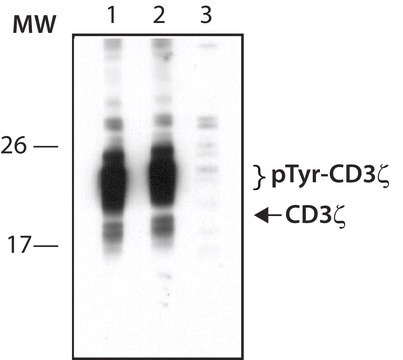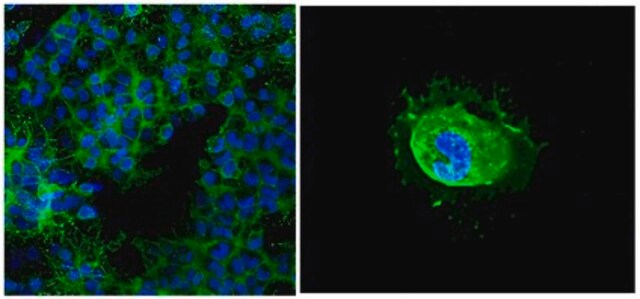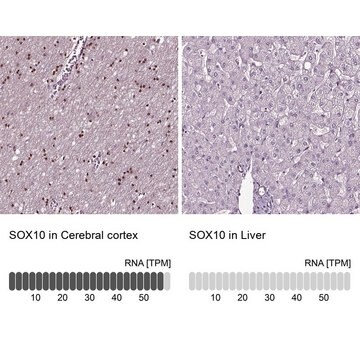MABF2812
Anti-CD137 Antibody, clone LOB12.0
Sinónimos:
4-1BB ligand receptor, T-cell antigen 4-1BB, Tumor necrosis factor receptor superfamily member 9
About This Item
Productos recomendados
origen biológico
rat
Nivel de calidad
forma del anticuerpo
purified antibody
tipo de anticuerpo
primary antibodies
clon
LOB12.0, monoclonal
mol peso
calculated mol wt 27.6 kDa
observed mol wt ~N/A kDa
purificado por
using protein G
reactividad de especies
mouse
envase
antibody small pack of 100
técnicas
competitive inhibition ELISA: suitable
flow cytometry: suitable
inhibition assay: suitable
surface plasmon resonance (SPR): suitable
isotipo
IgG2aκ
secuencia del epítopo
Unknown
Nº de acceso Protein ID
Nº de acceso UniProt
temp. de almacenamiento
-10 to -25°C
Información sobre el gen
mouse ... Tnfrsf9(21942)
Especificidad
Inmunógeno
Aplicación
Isotype testing: Identity confirmation by Isotyping test.
Isotyping Analysis: The identity of this monoclonal antibody is confirmed by isotyping test to be rat IgG2a .
Tested Applications
Surface plasmon resonance: A representative lot detected CD137 in Surface plasmon resonance applications (Buchan, S.L., et al. (2018). Immunity. 49(5):958-970.e.7).
Flow Cytometry Analysis: 10 µg from a representative lot detected CD137 in Jurkat cells expressing mouse CD137.
Agonist Activity: A representative lot of this antibody co-stimulated CD8+ T cells and potentiated anti-tumor immunity in mice.(Taraban, V.Y., et al. (2002). Eur J Immunol. 32(12); 3617-3627 ).
Competition Assay: A representative lot of this antibody competed for binding to 4-1BB on effector T cells. (Buchan, S.L., et al. (2018). Immunity. 49(5):958-970.e.7).
Flow Cytometry Analysis: A representative lot detected CD137 in Flow Cytometry applications (Buchan, S.L., et al. (2018). Immunity. 49(5):958-970.e.7).
Note: Actual optimal working dilutions must be determined by end user as specimens, and experimental conditions may vary with the end user.
Descripción de destino
Forma física
Reconstitución
Almacenamiento y estabilidad
Otras notas
Cláusula de descargo de responsabilidad
¿No encuentra el producto adecuado?
Pruebe nuestro Herramienta de selección de productos.
Código de clase de almacenamiento
12 - Non Combustible Liquids
Clase de riesgo para el agua (WGK)
WGK 2
Punto de inflamabilidad (°F)
Not applicable
Punto de inflamabilidad (°C)
Not applicable
Certificados de análisis (COA)
Busque Certificados de análisis (COA) introduciendo el número de lote del producto. Los números de lote se encuentran en la etiqueta del producto después de las palabras «Lot» o «Batch»
¿Ya tiene este producto?
Encuentre la documentación para los productos que ha comprado recientemente en la Biblioteca de documentos.
Nuestro equipo de científicos tiene experiencia en todas las áreas de investigación: Ciencias de la vida, Ciencia de los materiales, Síntesis química, Cromatografía, Analítica y muchas otras.
Póngase en contacto con el Servicio técnico






